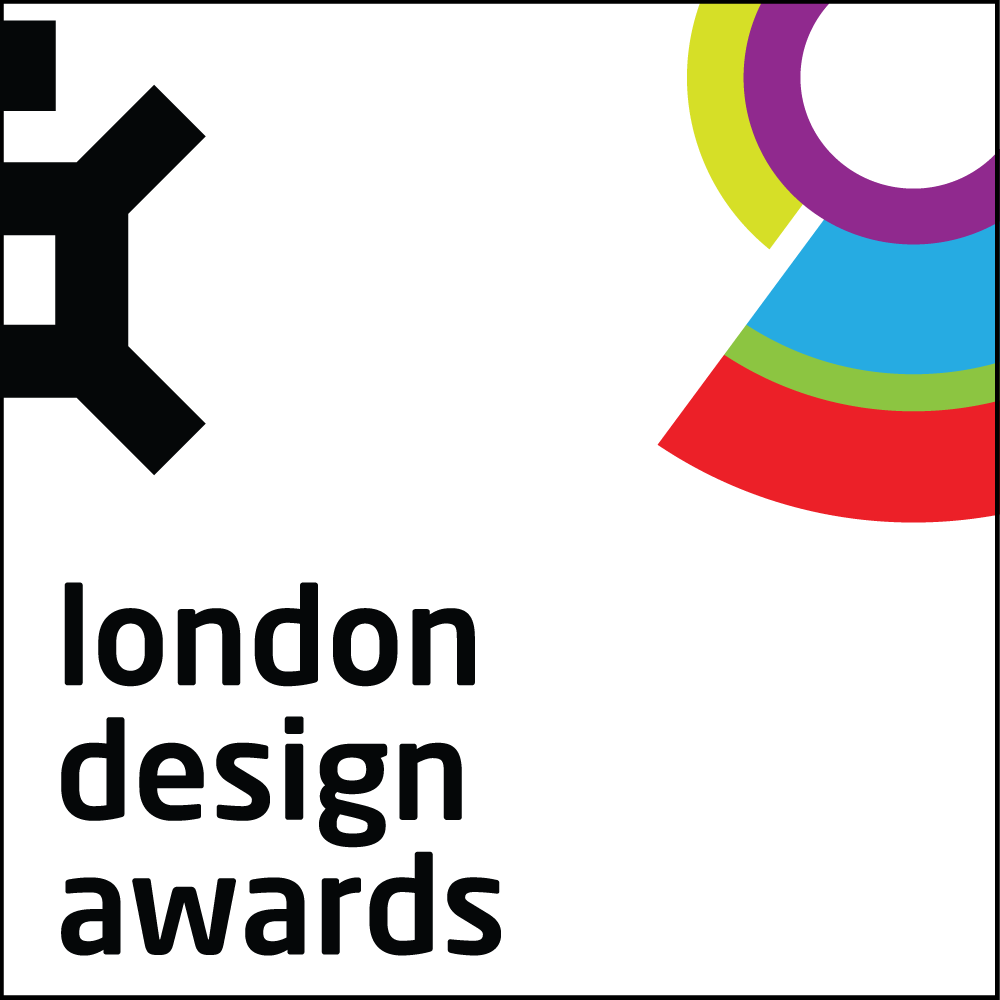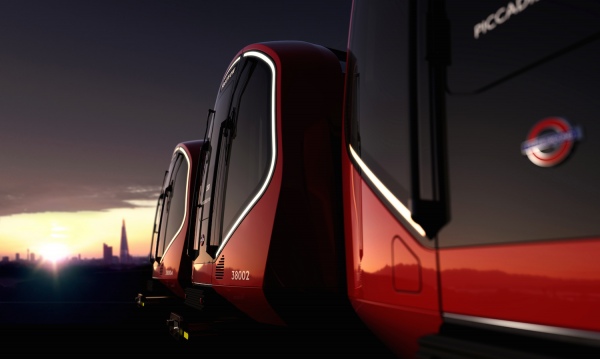
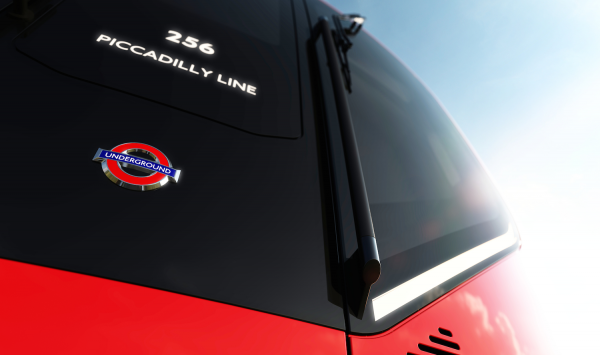
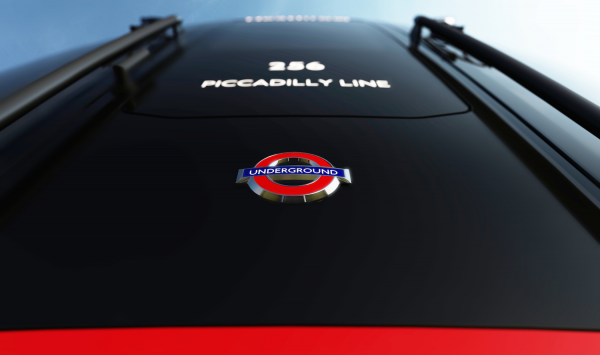





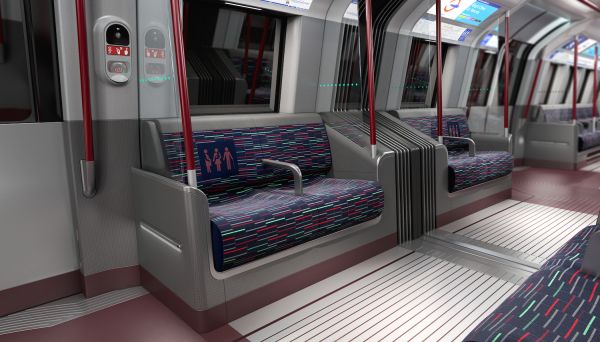

Image Credit : PriestmanGoode and Transport for London

Project Overview
Working with Transport for London and London Underground, we created the design vision for the New Tube for London, the next generation deep level underground trains for the Piccadilly, Bakerloo, Central and Waterloo & City Lines.
Our design for the New Tube for London is inspired by contemporary London, its culture and architectural landmarks, and iconic British transport design.
Project Commissioner
Project Creator
PriestmanGoode & Transport for London
Team
Paul Priestman - Director
Kirsty Dias - Associate Director
Daniel Window - Creative Lead
Rob Walsh - Head of Visualisation
Kyle Scorgie - CMF Designer
Project Brief
TfL wanted the New Tube for London to celebrate the great history of transport design in London, whilst acting as a beacon of innovative 21st century public transport. We took inspiration from iconic London landmarks and key attributes of British design to create a train design that is beautiful, simple, functional and maintainable.
The New Tube for London features a walk-through design, air-cooled carriages, digital screens to enable live updates, wider doors to facilitate quicker turnaround times at stations and increased capacity. Natural finishes and materials in a palette of colours including charcoal, warm grey and oxblood were derived from looking at heritage and contemporary architecture and landmarks in London.
London's Tube is one of the most iconic trains around the world. We are proud to have designed something that it is part of the very fabric of London life, celebrating all that's great about London's environment; cutting edge technology, rich history and diversity. The New Tube for London will take the city into the future by enriching the everyday journey of its passengers.
Project Innovation/Need
Packaging the air-cooling system into such a small space. The incorporation of modern LED lights for task and ambient lighting, introducing light strips into the doors to aid passenger disembarking to improve dwell time. Walk-through carriages, offering more capacity.
Design Challenge
The principal challenge is the narrow and curved nature of the deep Tube tunnels, limiting the size and space within any train operating in this environment.
We also had to address making the components lightweight and creating enough space for air-cooling systems.
Another challenge in transport design is longevity. We are designing a train that must have a life span of at least 40 years, so we need to consider using materials for duration, thinking about materials that will wear in (ie look better with age), rather than wear out.
What’s interesting with transport is that if you design something that looks too futuristic, the likelihood is that it will very quickly look dated. So you need to strike a balance with the design and create something iconic to take passengers into the future whilst avoiding clichés.
Sustainability
The lifespan of the product is important. The trains will have a lifespan of at least 40 years, perhaps even up to 60.
For us as transport designers, it's also crucial to design something that attracts people to mass transit and away from using personal motor vehicles, for a more sustainable environment.
We're working with mostly British suppliers (materials for instance) and using lightweight materials. We've used natural finishes as opposed to painted finishes, which will wear in rather than wear out over the product lifecycle.
Key to the project was to reduce heat generation in the tunnels and reduce the amount of energy used to power the train.
Product Design - Commercial & Industry
This award celebrates creative and innovative design for either a component or overall product. Consideration given to aspects that relate to human usage, aesthetics, selection of components and materials, and the resolution of assembly, manufacturing and the overall function.
More Details

